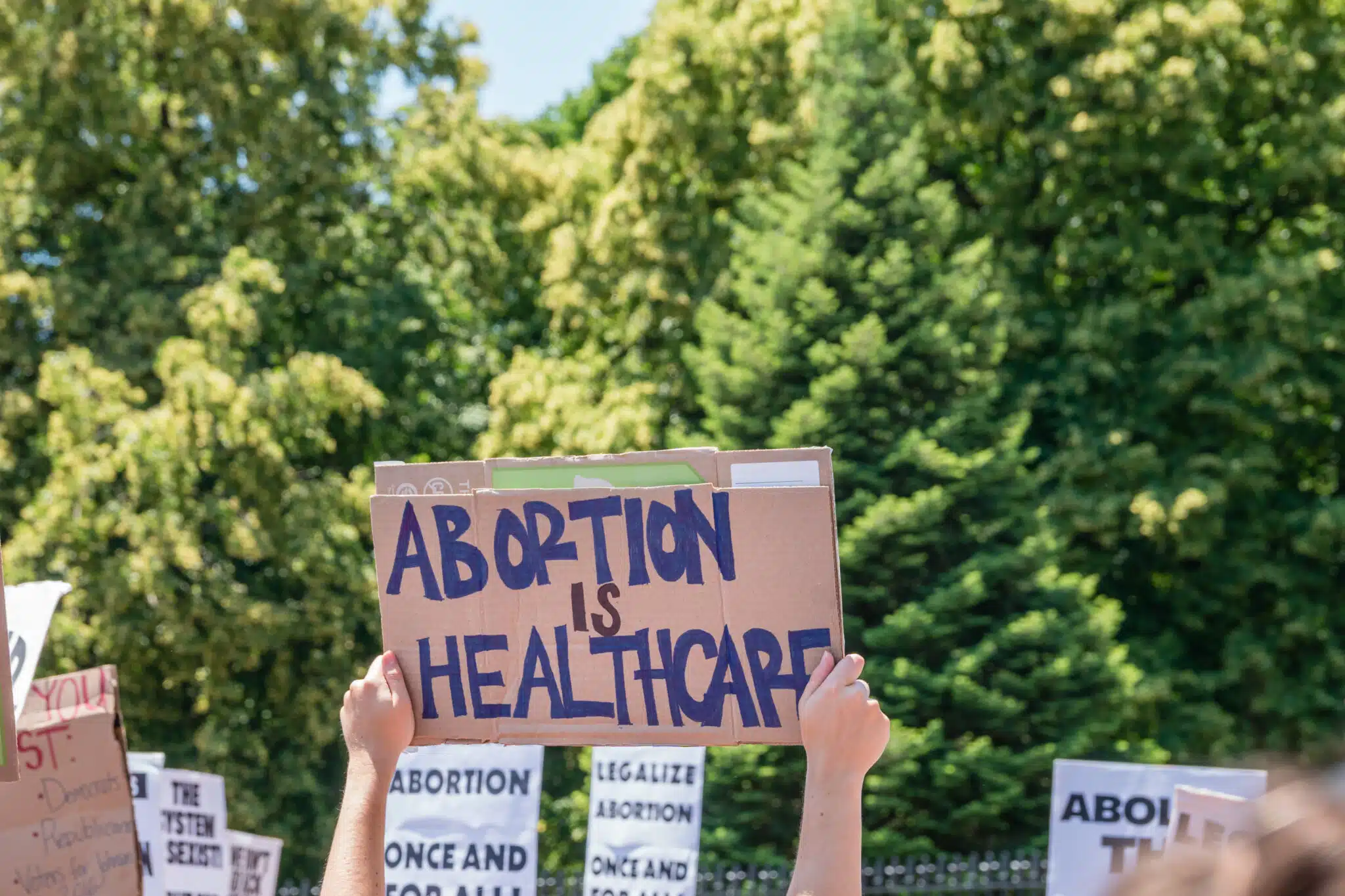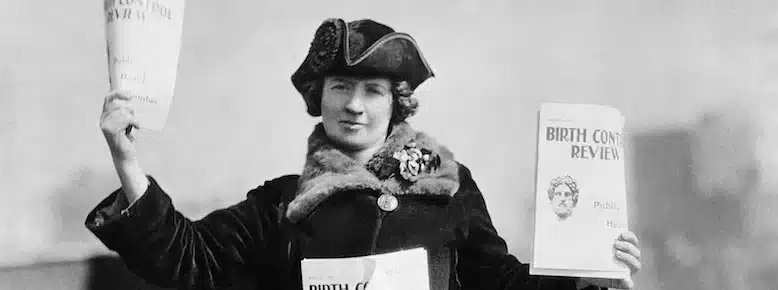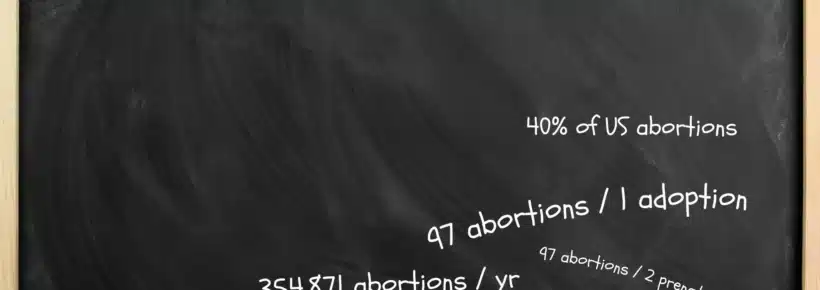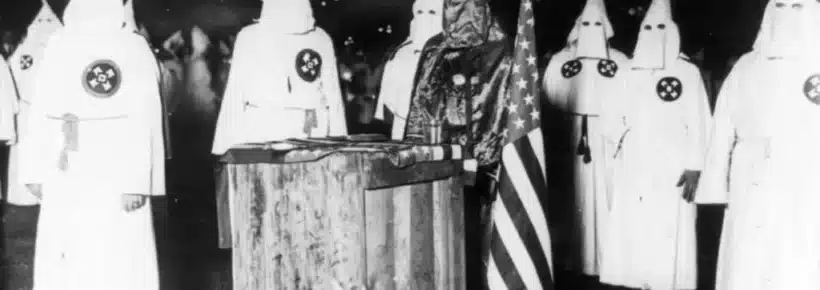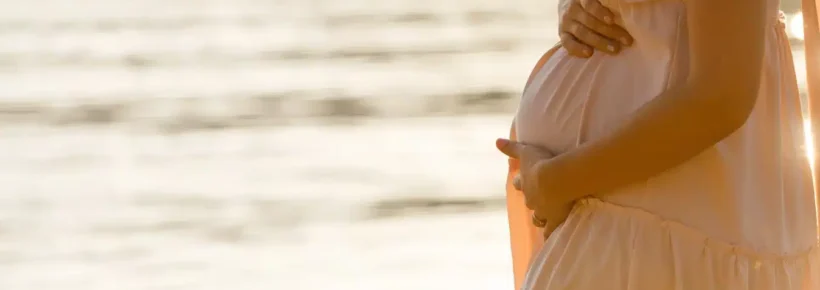Planned Parenthood vs. Casey was a landmark case for abortion laws. It was decided in 1992, almost two decades after Roe vs. Wade. Roe was the infamous case of 1973 that legalized abortion in the United States and ruled that women have a “right” to abortion under a clause of the Fourteenth Amendment. Casey gave states the ability to restrict abortion before the third trimester, and it changed the standards that courts used to rule for or against a given restriction.
Planned Parenthood vs. Casey Summary
Roe Led to Casey
The case of Roe vs. Wade of 1973 set the legal precedent that later led to Casey. As we’ve discussed, Roe decided that the Fourteenth Amendment protected individual privacy. It further decided that abortion fell into the category of protected privacy, and that states could not prohibit abortion broadly. However, Roe ruled that states could enact some restrictions on abortion, recognizing the state’s interest in a “potential human life.” These restrictions were regulated by trimester: abortions in the first trimester were protected by Roe, and states could not prohibit abortion during this time. The decision to abort was solely between the physician and the mother.

Norma McCorvey, the “Roe” in Roe vs. Wade
During the second trimester, states could place some restrictions on abortion (though a total ban was not allowed), and such restrictions would have to be in the interest of maternal health.
Finally, states could regulate or ban abortions in the third trimester, but they were required to have exceptions if the mother’s life or health were at risk.
Why Was Planned Parenthood Suing?
Planned Parenthood vs. Casey originated from the Pennsylvania Abortion Control Act of 1982, which was amended in 1988 and 1989 under Governor Robert P. Casey. These amendments put several new restrictions on abortion. The amendments were as follows:
-A minor must obtain parental consent from one parent (or receive a judicial bypass) to get an abortion.
-A wife must notify her husband before the abortion of her intention. This requirement would be waived if: 1) the husband is not the father of the unborn child; 2) the husband is unable to be located; 3) the husband sexually assaulted the mother, which resulted in the pregnancy at hand, and the assault was reported to law enforcement; or 4) notifying the husband would put the mother in harm’s way, either by the husband or another.
-Women also were subject to a 24-hour waiting period after receiving information from the clinic (including alternatives to abortion). This period was mandatory before having the abortion.
–Certain reporting requirements were put in place for the abortion clinics, including that each abortion must be reported but patients would remain confidential.
-A “medical emergency” would override these requirements (discussed below).
The one caveat was that a “medical emergency” would override these requirements. A “medical emergency” was defined as: “That condition which, on the basis of the physician’s good faith clinical judgment, so complicates the medical condition of a pregnant woman as to necessitate the immediate abortion of her pregnancy to avert her death or for which a delay will create serious risk of substantial and irreversible impairment of major bodily function.”
Essentially, a doctor would make a judgment call about whether the woman’s life was at risk unless he were to perform an abortion immediately. A doctor would also have to decide whether delaying an abortion would mean that the woman would suffer major and permanent injuries.
Planned Parenthood of Southeastern Pennsylvania sued in an attempt to overturn these restrictions. They cited Roe, claiming that these provisions were in violation of the Constitution. A federal district court ruled in Planned Parenthood’s favor, striking down these requirements. A U.S. court of appeals, once again, ruled mostly against the requirements, but upheld the spousal notification requirement.
Court Decision and Rule of Law After Casey
The case reached the Supreme Court, which ruled in 1992. The court reaffirmed Roe vs. Wade‘s “essential holding.” This upholding was referred to as “stare decisis,” which is a legal term that means “adhering to the precedent.” In this case, the upheld precedent established in Roe vs. Wade was that women are allowed abortions under the protection of privacy in the fourteenth amendment. In Roe, it was ruled that women may have an abortion before the third trimester, which the Court identified as the point of viability for the unborn child (viability refers to the ability of the unborn child to live outside of the womb).
Likewise, Roe prohibited any restrictions on abortion during the first trimester. Roe allowed states to place restrictions on abortions during the second and third trimesters, but only if such restrictions allowed for the “hard cases” (specifically, out of concern for the life or health of the mother).
In contrast, Casey found that viability occurred earlier than the third trimester, even as early as 23 weeks. Thus, Casey took the focus away from the trimester framework of Roe and crafted its case around viability.
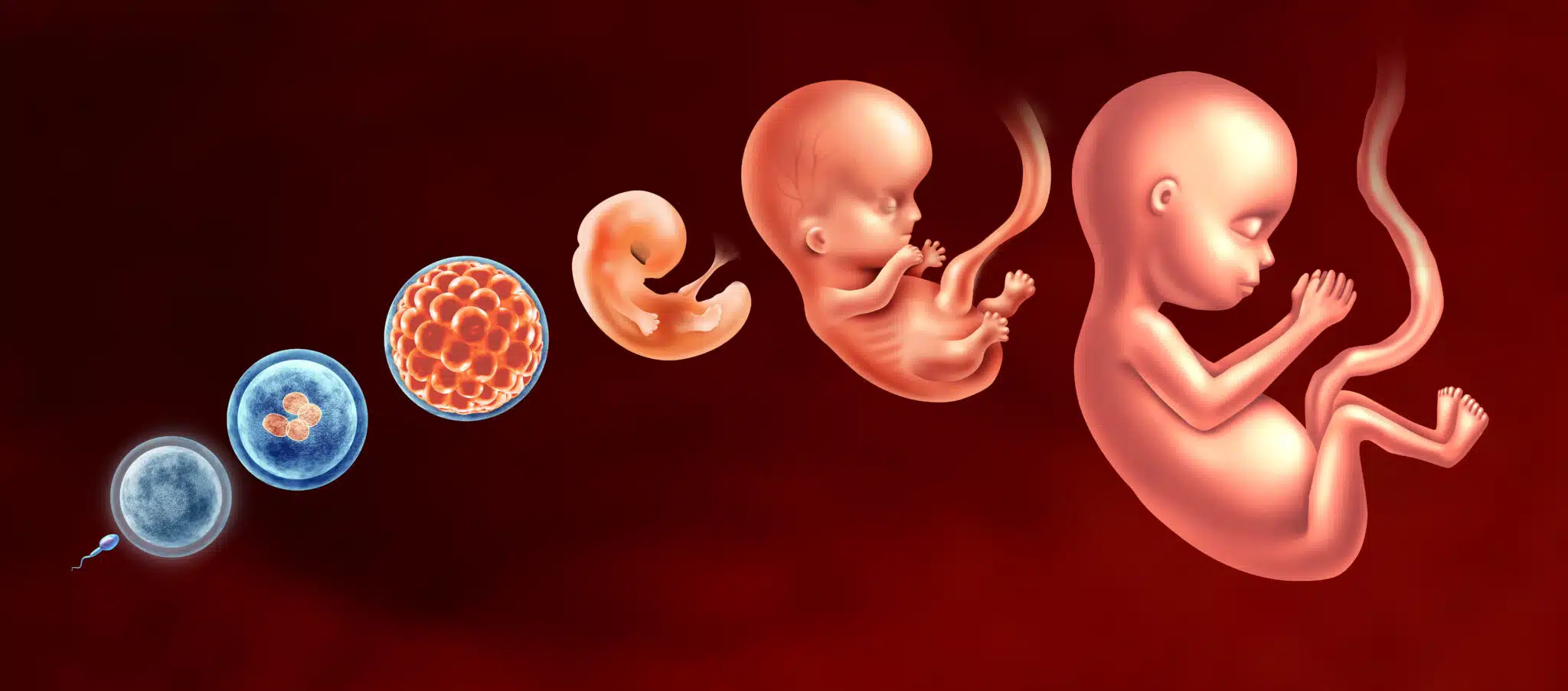
Human development from conception to birth
Casey ruled that states would be able to set regulations on abortion before viability. But these regulations could not place an “undue burden” on the woman.
But what really constitutes an “undue burden?” The literal definition that the Court gave was a “substantial obstacle in the path of a woman seeking an abortion before the fetus attains viability.” This means the law could not significantly hamper someone (placing “substantial obstacles” on a woman) from having an abortion or make the abortion virtually impossible for a woman to get.
Casey ruled that courts must use the undue burden standard, considering the burden any given restrictions place as compared to the perceived benefits those restrictions bring. Through this analysis, courts would determine whether such a restriction would be allowed.
The Supreme Court reaffirmed and upheld all of the Pennsylvania requirements, save that of spousal notice. In keeping with the standard of “undue burden,” the Court ruled that none (except the spousal notice) of Pennsylvania’s restrictions placed substantial obstacles.
Overturn of Casey and Roe
The Dobbs vs. Jackson Women’s Health Organization decision in June of 2022 was the case that overturned Roe and Casey. This case returned the decision to restrict or ban abortion to the states. After this, many states put restrictions on abortion and abortion pills, while others have prided themselves on keeping abortion legal.
Since then, we have seen outrage from the pro-abortion side. Many states placed restrictions on abortion, or banned it altogether, after Dobbs. We often hear how such laws “force” women to carry their children to term, that women will die, and that restrictions and bans will ruin their lives. The fear is that the woman will have no resources and no help. Ever heard the phrase, “you’re not pro-life, you’re pro-birth“?
Pro-Life Support
Pro-lifers care about so, so much more than birth. That is precisely why there are literal thousands of pregnancy centers across the nation that give free products and resources for women who are struggling, such as strollers, diapers, car seats, baby formula, baby clothes, wipes, and much, much more. Many offer parenting and birthing classes or mental health counseling. Some offer connections to resources that can assist with housing issues, food insecurity, transportation, security, and more. (Find your nearest center here.)
Human Life International supports such centers with help from its generous donors. And we don’t only support women in the United States – we help women all around the world. We fund pregnancy centers in more than 25 countries. We have missionaries that raise awareness of life issues and work on a grassroots level for pro-life issues, train local leaders, and give chastity education to the young.
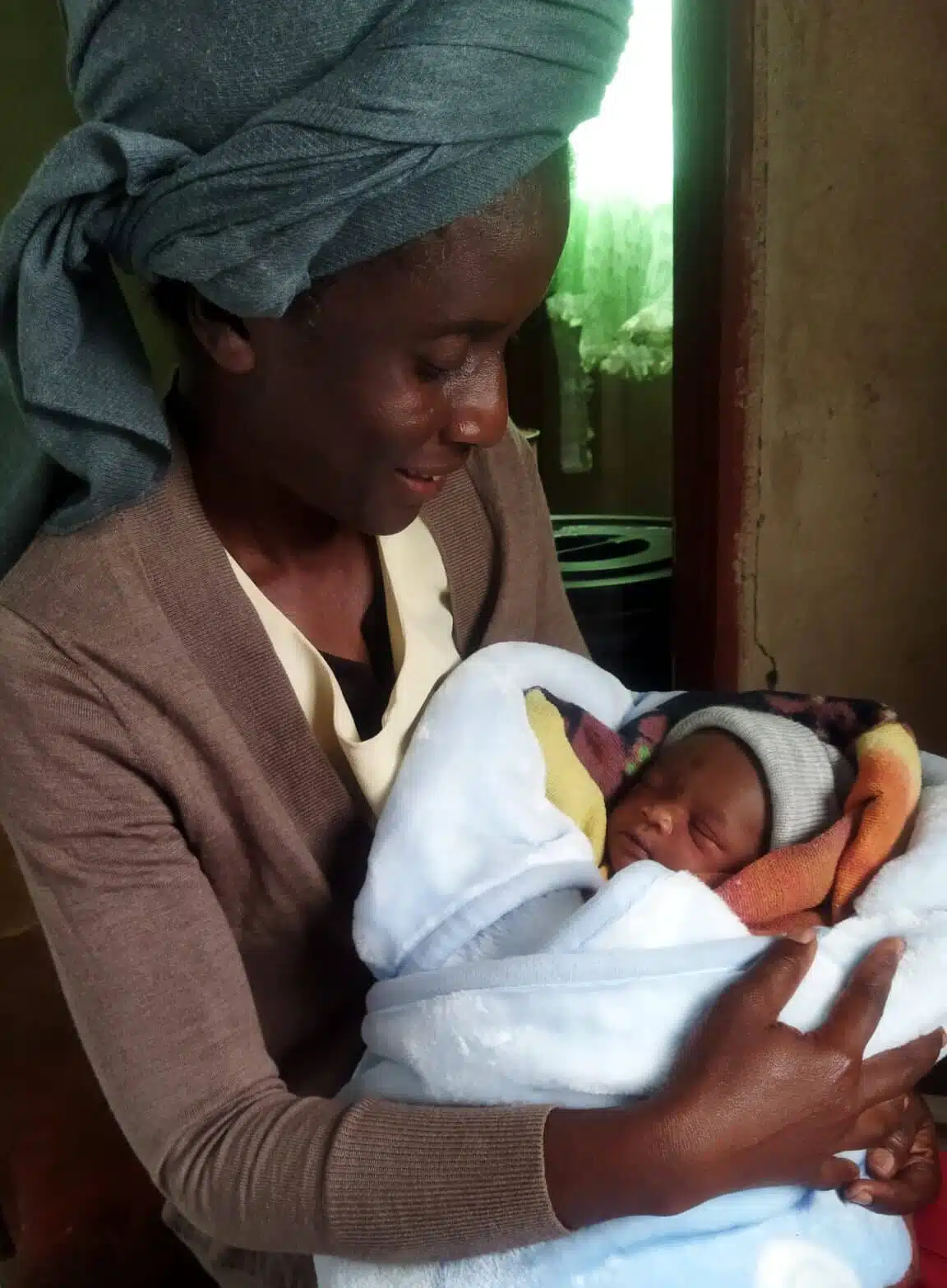
Thanks to HLI’s donors, Sarah received the support she needed. HLI’s missionary, Veronica, helped her welcome baby Anenyasha.
Summary
In short, Casey reaffirmed Roe‘s ruling that abortion was constitutionally protected. But Casey set a new standard which the courts must use to evaluate whether a given restriction was overly burdensome, and it threw out the trimester framework of Roe. It replaced the framework with a focus on viability, which Casey ruled was around 23 or 24 weeks at that time (keeping in mind that, as medical technology develops, babies may be able to survive outside of the womb earlier).
The Dobbs case in 2022 overturned both Casey and Roe, returning the legalization of abortion to the states. Despite the common narrative, pro-lifers care about all life, and HLI’s mission abroad proves just that.
Related Content
Marisa Cantu has a master's in political science and international affairs and a bachelor's in political science and has also studied international studies and French. She has a strong background in nonprofit work, research, writing, and policy proposal and analysis. She has written multiple articles on living the Catholic faith in everyday life, Catholic family life, devotions and prayers, and Catholic teachings.


